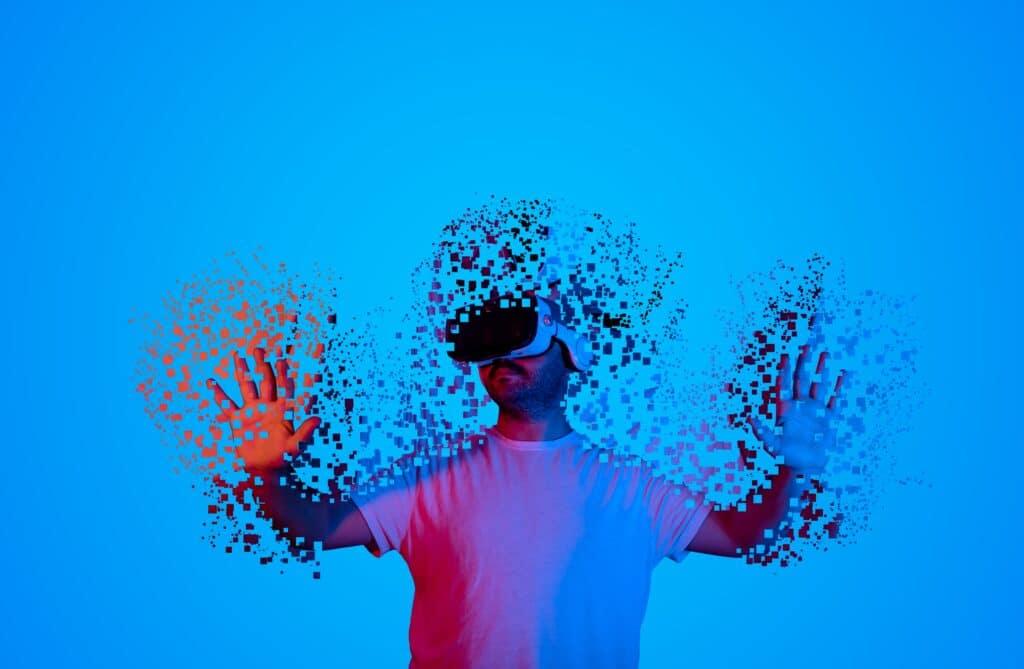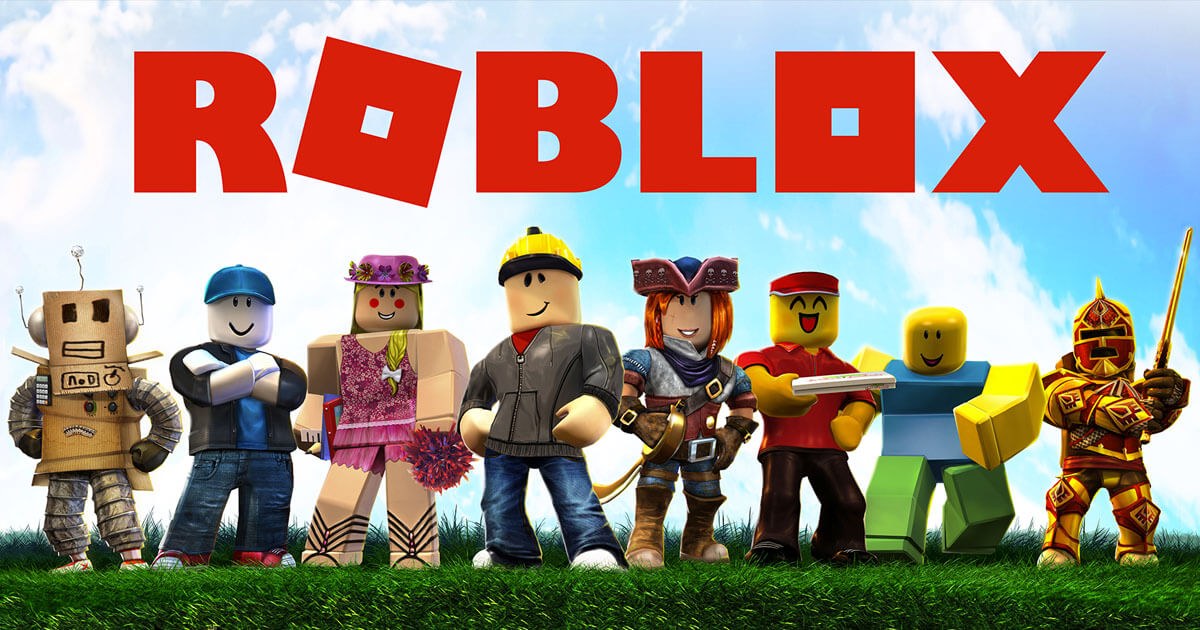

Oct 05, 2022
In late 2021, Nike opened Nikeland, a metaverse version of its online store. Now, almost a year later, millions of people have visited the virtual space. Built in Roblox (not technically a metaverse, but the closest alternative we have now), Nikeland allows users to try on digital versions of its products, as well as incorporating some mini-games. They’ve even released their first official Nike-branded NFT.
So What?
The metaverse isn’t technically here yet, but there’s already plenty of speculation about what identity within it will look like. In theory, Web3 will represent a new way of existing online, beyond what platforms like TikTok and Instagram offer now. The metaverse will be built on blockchain infrastructure, giving its users greater ownership rights over their own data, making it easier to decide what information you share with others. This will give users more influence over how they represent themselves online, and can even allow them to have multiple online identities (work, personal, social personas etc). All of these identities are separate from, but built upon the existence of a real-world identity.
Reports show that younger generations are seeing this as a new opportunity to reinvent themselves, and many already think that digital items like clothing and artwork represent parts of their identity.
In the metaverse, digital items will likely be fundamental to building identity, just like material items are important in the real world.
Without the same barriers associated with aspects of real-world identity, our digital personas will be able to realise goals that they were unable to in real life.
We’ll be able to find new communities, beyond the ones that exist in the real-world.
So what does this new way of building identity and community mean for brands and organisations? How can people choose to represent your brand in the way they represent themselves?

Although the actual metaverse doesn’t exist yet, its predecessors are in full swing (though relatively unsaturated as a market). There’s a million ways of interacting with new online identities and communities, some of which are already being explored, and some of which we won’t be able to predict until the metaverse is actually up and running.
The most obvious way that organisations can interact with people’s new identities is through Direct to Avatar (D2A) transactions. This means turning real-life products into digitised versions of themselves, and selling them to avatars. It presents a new platform for selling products, which is essentially identical to how an online or physical store works now, except the products are digital.
Companies and organisations that promote non-digitiseable products need to get a bit more creative. Any campaign in the real-world can be transplanted into the metaverse (think virtual billboards), but your real-life campaign won’t necessarily translate into the digital space.
Virtual campaign events in the form of sponsored metaverse events, from online games to concerts, are ways to broaden revenue streams. Working with AI-generated influencers is the metaverse version of a brand partnership.
There’s a million different ways, all of them a new opportunity to engage with younger consumers in what may become their primary social environment. Organisations should look at the metaverse as an opportunity to go beyond what’s possible in the physical world. Now is the time for creative and bold thinking.